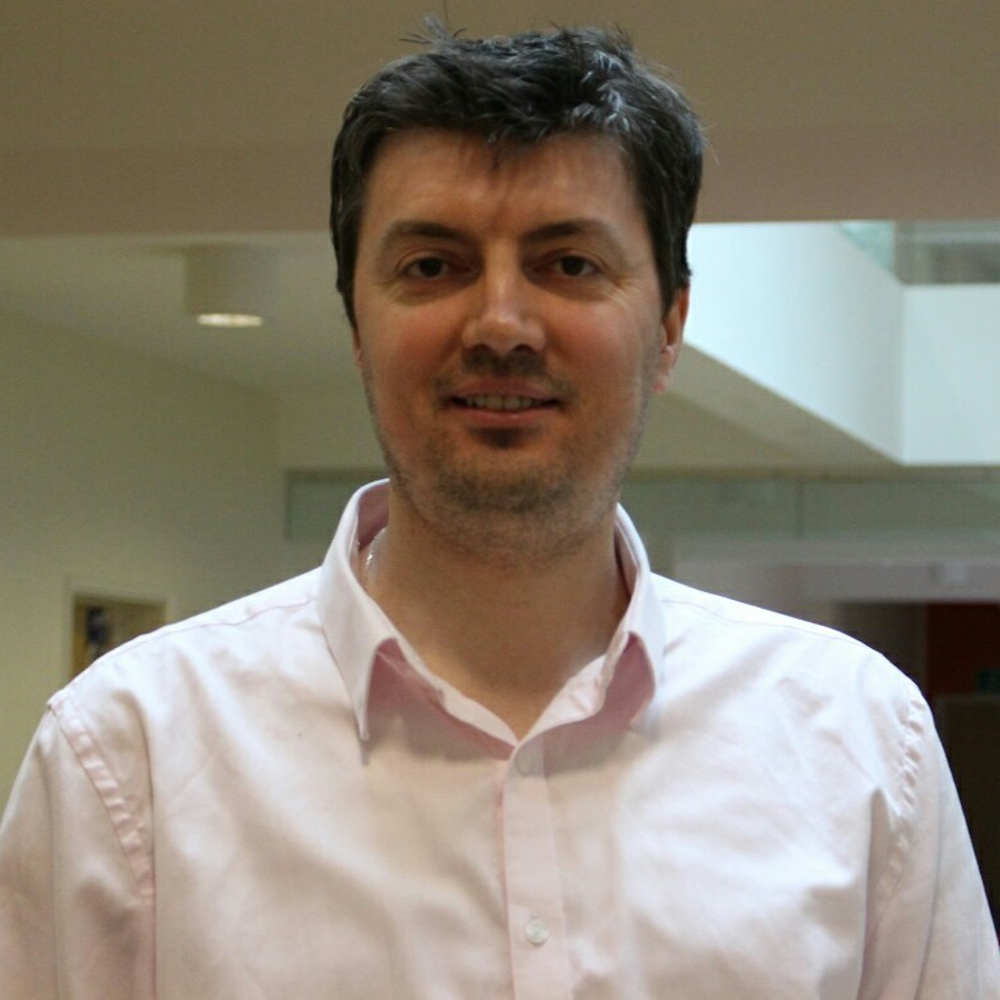Higher-Order Networks and Network Inference

We aim to find better ways to model complex networks statistically and mathematically
Networks in the traditional sense are composed of nodes (vertices), ties (edges), and potentially attributes of the nodes or edges. In recent years, network analysis has been extended to accommodate more complex structures, such as how nodes and edges change over time or form sequences or cascades (temporal or dynamic networks), the interplay of multiple relations between the same nodes (multi-layer or multiplex networks), relations between different kinds of nodes (multi-level or multi-partite networks), edges between more than two nodes (multi-body or hyper-networks), and the study of weighted relationships rather than merely binary ties (weighted or valued networks). These extensions have been subsumed under the label of “higher-order networks”. Higher-order networks offer more general ways to model interactions and have the potential to distinguish between different causal mechanisms when time is included in a model. Higher-order networks are therefore an important frontier in network science, both in extending the methodological toolbox of how complex systems can be analysed and in applying higher-order network analysis to empirical cases.
Network inference is another subfield of network science that has led to breakthroughs in modelling interactions. Inferential network analysis applies statistical models to network data. Examples include the exponential random graph model (ERGM), latent space models (LSM), the quadratic assignment procedure (QAP), the stochastic actor-oriented model (SAOM), stochastic blockmodels (SBM), latent-order logistic models (LOLOG), relational event models (REM), and network autocorrelation models (NAM), as well as their various extensions. These models generalise or tweak regression analysis to observations that are not independent and identically sampled (i.i.d.), an assumption underlying many likelihood-based models, and that display complex dependencies between observations. For example, the ties in a network can be caused by the presence or absence of other ties in the network neighbourhood, and this needs to be taken into account when modelling network ties as a dependent variable. Statistical network models permit unbiased inference when the observations are dependent. They also lead to significant theoretical and substantive progress because they offer ways to operationalise and test theories of network formation and structure in a principled way.
Network inference has been mostly developed for small and simple networks. Current progress is being made in adapting statistical network models to higher-order networks in order to take the full complexity of network processes into account. Examples include extensions to temporal networks, such as the temporal exponential random graph model (TERGM) and multi-layer ERGM. The increased complexity of data representation also leads to increased computational complexity. Current advances in network inference hence focus on increasing the size of networks for which estimation is possible, the inclusion of additional higher-order features (e.g., time and multi-layer networks together) to represent the full empirical complexity found in applications, co-evolution of networks and node attributes, and the identification of different causal mechanisms when temporal data are available. Advances in higher-order networks and network inference mean that social, political, behavioural, biological, and economic interactions can be explained and predicted in more accurate ways, promising breakthroughs in our understanding of these complex systems.
This working group comprises applied and methodological work on higher-order networks, network inference, and/or the combination of both.
Chair of Research Area
Our research outputs:
Our publications
- A generic model for pandemics in networks of communities and the role of vaccination, co-authored by Chris G. Antonopoulos, M. H. Akrami, Vasileios Basios and Anouchah Latifi in Chaos: An Interdisciplinary Journal of Nonlinear Science, (2022).
- Opinion formation in multiplex networks with general initial distributions, co-authored by Chris G. Antonopoulos & Yilun Shang in Scientific Reports, (2018).
- Navigating the Range of Statistical Tools for Inferential Network Analysis, co-authored by Skyler J. Cranmer, Philip Leifeld, Scott D. McClurg and Meredith Rolfe in the American Journal of Political Science, (2017).
- FORUM: Ecological networks: the missing links in biomonitoring science, co-authored by Clare Gray, Donald J. Baird, Simone Baumgartner, Ute Jacob, Gareth B. Jenkins, Eoin J. O'Gorman, Xueke Lu, Athen Ma, Michael J. O. Pocock, Nele Schuwirth, Murray Thompson and Guy Woodward, in the Journal of Applied Ecology, (2014).
- Polarization in the social sciences: Assortative mixing in social science collaboration networks is resilient to interventions, by Philip Leifeld in Physica A: Statistical Mechanics and its Applications, (2018).
- A theoretical and empirical comparison of the temporal exponential random graph model and the stochastic actor-oriented model, by Philip Leifeld and Skyler J. Cranmer in Network Science, (2019).
- Temporal Exponential Random Graph Models with btergm: Estimation and Bootstrap Confidence Intervals, co-authored by Philip Leifeld, Skyler J. Cranmer and Bruce A. Desmarais in the Journal of Statistical Software, (2018).
- Ecological Networks in the Scotia Sea: Structural Changes Across Latitude and Depth, co-authored by López-López, L., Genner, MJ., Tarling, GA., Saunders, RA. and O'Gorman, EJ. in Ecosystems, (2022).
- The Latent Diffusion Network among National Parliaments in the Early Warning System of the European Union, co-authored by Malang, T. and Leifeld, P. in the
JCMS: Journal of Common Market Studies, (2021). - Machine learning ecological networks, co-authored by O’Gorman, EJ. in Science, (2022).
- Understanding the structure of school staff advice relations: An inferential social network perspective, co-authored by Lorena Ortega, Zsófia Boda, Ian Thompson and Harry Daniels in the International Journal of Educational Research, (2020).
- The Swiss StudentLife Study: Investigating the emergence of an undergraduate community through dynamic, multidimensional social network data, co-authored by András Vörösa, Zsófia Boda, Timon Elmerad, Marion Hoffman, Kieran Mepham, Isabel J. Raabee and Christoph Stadtfeld in Social Networks, (2021).






